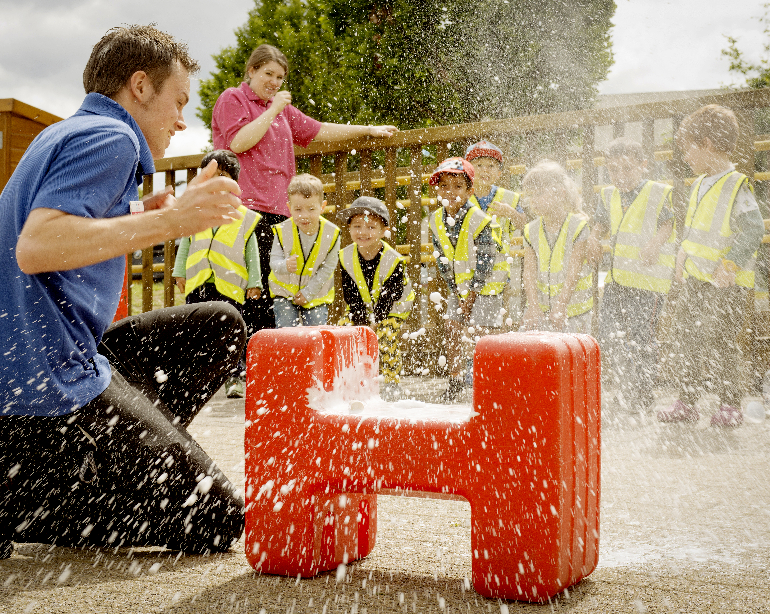We are recruiting for Level 3 qualified Early Years Educators! Find out more here
Making Science Magical for Pre-Schoolers

Share article:
Pre-school age is the perfect time to encourage scientific thought, observation and experimentation. Little ones are so curious about the world, they are like sponges absorbing and noticing everything in their environment, constantly searching for answers to the plethora of questions that they ask on a daily basis and hence make the perfect mini scientists.
“Science is fun. Science is curiosity. We all have natural curiosity. Science is a process of investigating. It’s posing questions and coming up with a method. It’s delving in.” Sally Ride, physicist and astronaut.
Children are never too young to develop a love of science. It’s a great subject for all weathers, either taking children outdoors looking and investigating habitats or indoors exploring different materials, colours and chemical reactions.
It incorporates many key skills for adult life; problem solving and researching, cause and effect. It teaches children to question and hypothesise, encourages listening skills, language development and learning mathematical concepts in a fun and stimulating environment. Importantly it develops children’s patience and the skills of working with others but above all it is exciting and constantly progressing.
Kelly Ridge, Area Manager at Boys & Girls Nursery lists her favourite experiments that the children enjoy at our nurseries, which can also be done at home as part of family time:
1. Homemade Lava Lamps – Filling old empty plastic bottles with vegetable oil until they are three quarters full, adding a few drops of food colouring and observing the patterns that form
2. Floating and Sinking – Testing materials in water and discussing the different outcomes
3. Creating Colourful Flowers – Seeing what happens when you put white carnations in a variety of coloured water
4. Growing Cress – Filling an empty yoghurt pot with damp cotton wool and adding cress seeds on the top, enjoy watching them grow
5. Travelling Coloured Water – Watching the coloured water flow from cup to cup, using cups lined up, kitchen roll and different food colouring.

